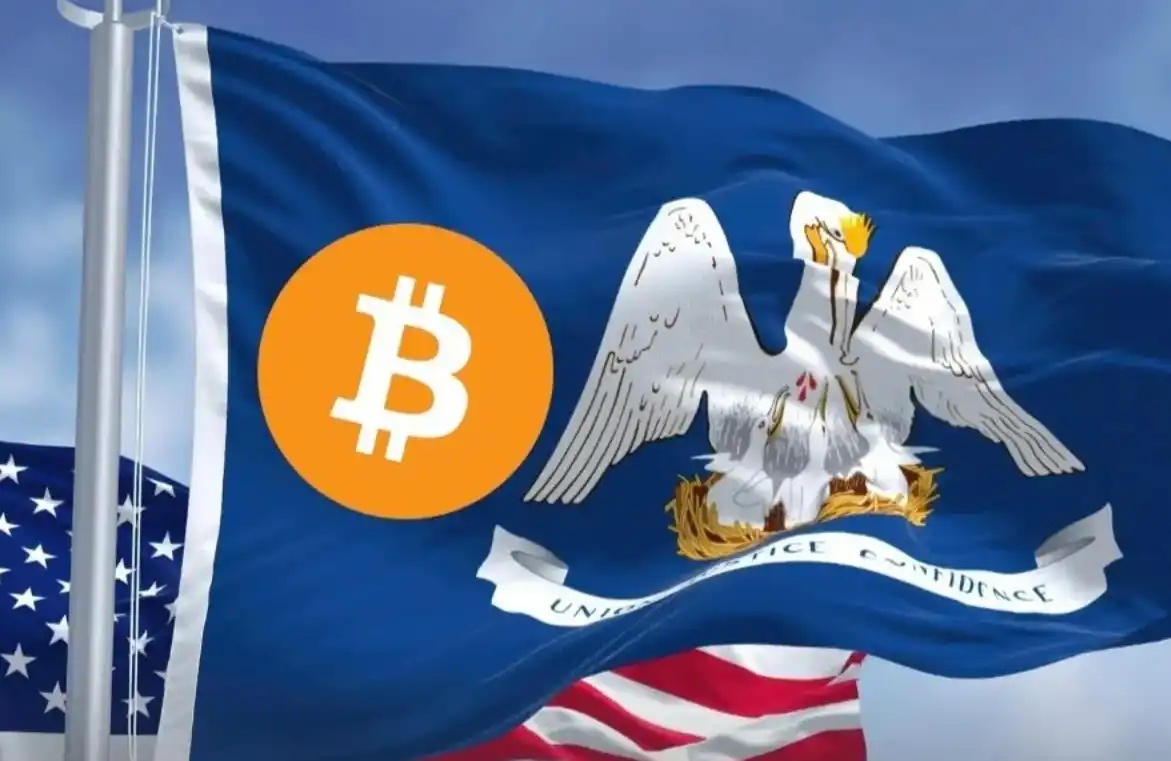Trump's Crypto Reserve Plan Foiled, Did FBI Secretly Sell 170,000 BTC?
Original Title: "Did the US Marshals Sell 170,000 BTC Secretly? Is an Epic Replenishment Coming?!"
Original Source: BitpushNews
Overnight, a document obtained through a Freedom of Information Act (FOIA) request by independent journalist L0la L33tz and responded to on July 16th has dropped a bombshell in the crypto community.
The FOIA request was submitted on March 24th, and in the document, the U.S. Marshals Service reported that it held a total of 28,988.35643016 BTC, valued at approximately $3.44 billion at current market prices.

This number is nearly 90% less than previously disclosed 200,000 BTC (for example, blockchain analytics firm Arkham Intelligence estimated the U.S. government's cryptocurrency holdings to be close to $25 billion), immediately sparking speculation in the market about whether the U.S. government has quietly sold off a large portion of its holdings.


L0la L33tz emphasized that the list she received from the U.S. Marshals Service is a list of "U.S. Marshals holdings" of all Bitcoin. This means that, apart from the U.S. Marshals Service, other seized assets of Bitcoin may still be held by the seizing agency and not all centrally held by the Marshals Service. Therefore, the Marshals Service's data does not represent the "entire stock" of U.S. government Bitcoin.
The key to understanding this data lies in distinguishing between "forfeited assets" and "seized assets."
Forfeited assets: These are assets whose ownership has legally transferred to the government through a legal process. The U.S. Marshals Service, as a federal law enforcement agency, is typically responsible for managing and auctioning off these forfeited tokens seized by organizations such as the FBI and IRS. Seized assets: These are assets temporarily held by law enforcement agencies during an investigation. These assets may not have undergone a final legal judgment, their ownership is not fully vested in the government, and therefore, they cannot be sold.
This explanation clarifies the market's confusion regarding certain government-related wallet addresses listed by some on-chain trackers (such as Arkham, BTC Treasuries, etc.).
Some publicly available tracking tools often display data related to "seized" bitcoins that have not yet been legally confiscated by the government. For example, Arkham has traced 94,000 bitcoins from the Bitfinex hack, but the seizure process for these assets has not been finalized. This means that even though these bitcoins are currently under government control, they may be "unsellable" due to incomplete legal proceedings.
On-Chain Footprint "Failure"? Latest Speculation Concerning Custodial Offline Transactions
However, the discussion about whether the U.S. government has already "sold off" bitcoins has not completely subsided but rather become more complex due to new clues.
Bitcoin early adopter and Bitcoin Magazine CEO, as well as Nakamoto founder, David Bailey proposed that in this scenario, "only tracking the on-chain footprint is meaningless because it (the transaction) was done through a custodian."
Cryptocurrency analyst Sani (@SaniExp) delved into this.

Sani stated that he and many other industry players have been tracking on-chain addresses believed to be related to the U.S. government's holdings and have indeed not observed significant recent on-chain transfers, which initially supported the "no sell-off" assumption. However, Sani cited multiple sources indicating that the custodian may be facilitating "off-chain swaps" on behalf of certain entities. Such operations allow for asset transfers without generating on-chain transaction records. Sani speculated that if such large-scale offline transactions exist, the only custodian capable of handling such a volume would likely be Coinbase.
Sani's view is that in this scenario, the effectiveness of on-chain tracking becomes "no longer decisive," although he did not assert that on-chain tracking is completely ineffective.
In response, David Bailey himself speculated, "Despite more nuanced differences, the broad conclusion is that the U.S. Marshals have been selling (bitcoins) and not leaving an on-chain footprint." He emphasized this as a "significant development."
Pressuring Trump for a "Strategic Reserve" Buyback?
In the current context, the disclosure of this figure appears particularly sensitive. U.S. President Donald Trump had previously stated that the U.S. government would retain its bitcoin holdings as part of a "Strategic Bitcoin Reserve" (SBR).
In March of this year, he signed an executive order requiring federal agencies to transfer their held cryptocurrency assets to the Treasury Department, which would be responsible for overseeing this reserve. Trump's crypto "czar" David Sachs has also proposed a "budget-neutral" strategy aimed at acquiring more Bitcoin for government funds. Additionally, the executive order on March 6 also established a "U.S. Digital Asset Reserve" to hold digital assets seized in criminal or civil litigation other than Bitcoin.
U.S. Senator and key advocate for a strategic Bitcoin reserve Cynthia Lummis expressed on the X platform: "I am shocked by reports that the U.S. has sold over 80% of its Bitcoin reserve—leaving only about 29,000 coins remaining. If this is true, it would be a complete strategic mistake and set the U.S. back years in the Bitcoin race."
David Bailey believes that the significant reduction in the U.S. government's Bitcoin holdings may explain the prolonged price stagnation in the past and sees it as a "bullish" signal. His latest tweets also mention the possibility that the U.S. may need to repurchase hundreds of thousands of Bitcoins to replenish the Strategic Bitcoin Reserve (SBR). The question of Federal Reserve Chair Powell's fate has also come to the fore, which he sees as a "clear sign from above."
In any case, whether these 28,000 BTC represent the entire U.S. government's holdings, they have already injected a critical variable into the market. If the previous market pullback/stagnation was indeed caused by U.S. government OTC sales, then when the "noob chips" complete their transfer to "diamond hands," the foundation for Bitcoin's rise may be even more solid.
What is even more intriguing is the strategic implications: when the U.S. transforms from a potential major selling pressure to a possible demand for replenishment, the liquidity restructuring brought about by this role switch may have a more profound impact than just a mere data dispute.
Welcome to join the official BlockBeats community:
Telegram Subscription Group: https://t.me/theblockbeats
Telegram Discussion Group: https://t.me/BlockBeats_App
Official Twitter Account: https://twitter.com/BlockBeatsAsia
 Forum
Forum OPRR
OPRR Finance
Finance
 Specials
Specials
 On-chain Eco
On-chain Eco
 Entry
Entry
 Podcasts
Podcasts
 Activities
Activities









